A BUTTON lost in an Exmoor river more than 100 years ago has been returned to the family of its owner in France thanks to the wonders of an internet search engine.
The embossed brass button was dug up three years ago in an archaeological exploration of Dulverton Weir and Leat.
It was stamped with the words ‘E Parminter - Dulverton’ and was found opposite the former Dulverton Laundry building.
Dulverton Weir and Leat Conservation Trust (DWLCT) was able to discover that an Edwin Parminter was working as a tailor in High Street, Dulverton, in the 1890s.
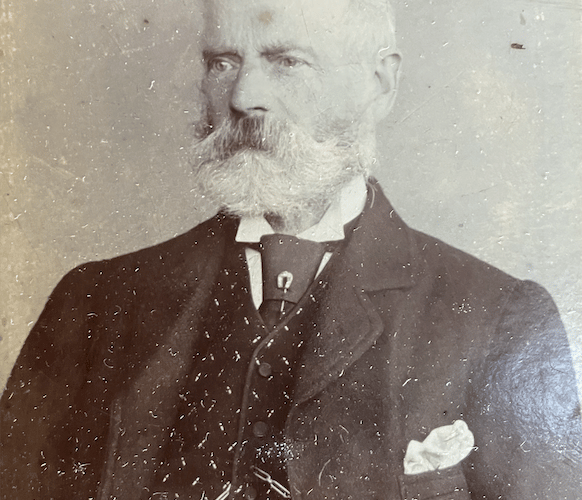
Mr Parminter died in 1911 and is buried in the town’s All Saints’ Churchyard with his wife Annie and their son Frank.
At the time of the button discovery, the weir and leat trustees appealed for any family of Mr Parminter to contact them.
Last week, they were visited by Mr Parminter’s great-grandson Peter Parminter, who lives in France and learned about the button while carrying out online research into his family.
DWLCT chairman Philip Hull presented the button to Mr Parminter during a supper reception and he plans to give it to his daughter Eléonore for safekeeping.
Mr Hull said: “We were delighted when we were contacted by the great-grandson of Edwin Parminter and took great pleasure in returning the button to its rightful owners.
“It is going to be a family heirloom looked after by Peter’s daughter, who has the same initial as Edwin.”
Mr Hull said the trust believed it had located the site of Edwin Parminter’s workshop, which was about 100 yards upstream of the archaeological dig.
He said the button was probably swept along the stream in a gradual process over the decades until becoming stuck.
It was found under about a foot of mud as the leat was excavated in a bid to find its original cobbled floor, which was successful.
Mr Hull said the Parminter family left Dulverton during World War One when the men went to fight in France, and some of the women followed to be close to them.
The family then stayed in France.
DWLCT has been working since 2016 to save the town’s medieval weir and leat on the River Barle from collapse and to restore them to good condition and conserve them for future generations.
They are recognised as ‘the best preserved medieval leat in England’, originally built using oak stake and boulder technology introduced by the Normans.
The 160-yards long weir on the River Barle and its leat have significant national historic interest, forming what experts call an ‘urban watermill landscape’.
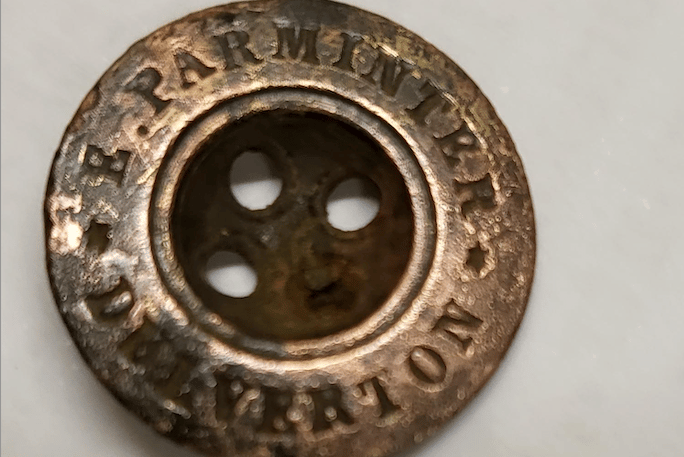
Most recently, the trust has completed restoration of the leat walls in Northmoor and outside Rothwell and Dunworth’s bookshop, using local skilled tradesmen and funded by DEFRA’s Farming in Protected Landscapes scheme.
Mr Hull said: “The walls were in danger of collapsing into the leat, impeding the passage of wildlife and were a safety hazard and very unsightly.
“Further restoration works are planned for later in the year.”
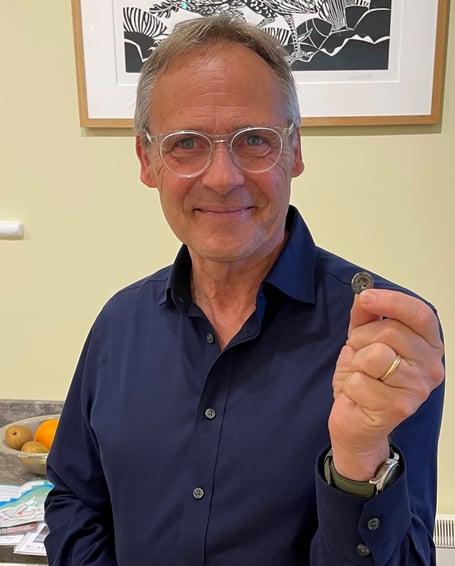

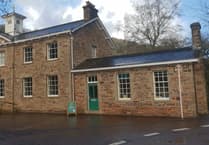
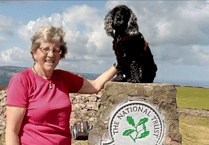

Comments
This article has no comments yet. Be the first to leave a comment.